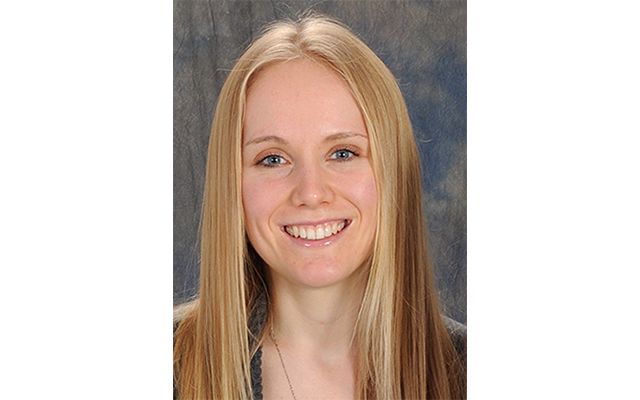On Canada Day, I attended the annual Salmon Festival in Steveston and I couldn’t help but think, what a great place to get a good dose of vitamin D!
This may sound strange, but allow me to explain. First of all, it was a beautiful sunny day and vitamin D is synthesized in our skin when exposed to sunlight.
Also, salmon is one of the few natural dietary sources of vitamin D. Recently, I have been getting several questions about vitamin D, as it has become an increasingly popular topic among both clients and healthcare professionals.
Here are some commonly asked questions and what you need to know about the “sunshine vitamin”:
Where do we get vitamin D?
There are very few natural food sources of vitamin D, including fatty fish such as salmon, tuna and mackerel. Smaller amounts are found in egg yolks, beef liver and cheese. Another good source is milk that is fortified with vitamin D, as is required by the Canadian government. However, cheeses and yogurts are not always made with fortified milk.
If you rely on a milk alternatives, such as soy milk, ensure it’s fortified with vitamin D by reading the label. Other foods may also be fortified with vitamin D such as cereals, margarines and juices.
While sun exposure helps us to make vitamin D in our skin, we still need to be diligent about protecting our skin by wearing sunscreen. This limits our production of vitamin D, but it is important to protect ourselves from skin cancer.
Many people take vitamin D supplements. There are two different kinds of supplemental vitamin D: vitamin D2 (also known as ergocalciferol) and vitamin D3 (also known as cholecalciferol). Both increase vitamin D in the blood, however D3 comes from animal sources while D2 comes from vegetarian sources, which is important to know if you are avoiding animal products.
Why do we need vitamin D?
Vitamin D is important for bone health (because it helps the body absorb calcium), but it is also required by our muscles, nerves, and immune system. There is also research to suggest vitamin D may reduce risk factors for cardiovascular disease, prevent diabetes, multiple sclerosis and perhaps certain types of cancers. However, more research is required in these areas.
Is it possible to get too much vitamin D?
Vitamin D toxicity can occur if blood levels become too high, which is usually caused by taking too much supplemental vitamin D.
Symptoms include nausea, vomiting, constipation, poor appetite and weakness.
Too much vitamin D can also lead to elevated blood calcium levels which can lead to confusion, disorientation and problems with heart rhythm. Excess vitamin D can also harm the kidneys.
Who is at risk of vitamin D deficiency?
People who are at an increased risk of vitamin D deficiency include: breastfed infants, adults over 50 years old, individuals with darkly pigmented skin, and people with reduced absorption due to medical conditions such as Crohn’s disease, celiac disease, cystic fibrosis, gastric bypass surgery, etc. If you think you may be at risk for low vitamin D, talk to your doctor or dietitian who can help assess your risk and needs!
Katie Huston is a local, registered dietitian.



